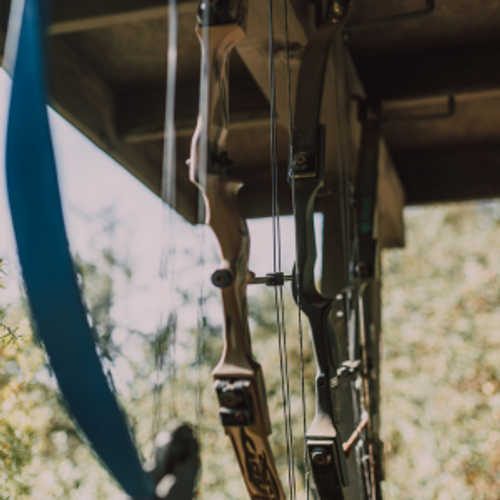How to Size a Compound Hunting Bow for Optimal Performance and Safety
Posted by 365 Outdoor Sports on 3rd Jul 2023
Welcome, hunting enthusiasts! If you've ever embarked on the exciting search for the perfect compound hunting bow, you've likely been faced with an overwhelming amount of options. From the sleek, modern designs to the rugged, traditional styles, the choices can seem endless. However, with any of the options, the most crucial factor to not overlook is sizing.
Sizing your compound bow isn't just about ensuring a comfortable fit; it's about maximizing your performance, enhancing your precision, and, most importantly, upholding ethical hunting practices. A bow that's perfectly sized for you can be the difference between a clean, quick kill and a wounded animal.
In this article, we're going to dive deep into the world of bow sizing, discussing everything from draw length and draw weight to axle-to-axle length and brace height. So, whether you're a seasoned archer looking to fine-tune your setup or a novice hoping to understand this vital aspect, this guide is for you. Get ready to explore the science and art of bow sizing and unlock another level of your archery knowledge.
Understanding Draw Weight
When sizing a compound bow, draw weight is a critical consideration. It refers to the amount of force needed to pull the bowstring to full draw. Hunters must find a bow with a draw weight they can comfortably handle.
Comfort Level and Draw Weight
Comfort level is directly related to draw weight. If you can't comfortably handle your bow's draw weight, your performance will suffer, and you may even risk injury. Choosing a bow with a draw weight within your comfort level is essential.
The Risks of Over-bowing and Under-bowing
Being "over-bowed" means using a bow with a draw weight too heavy for you, while being "under-bowed" means using a bow too light for you. Both scenarios can affect your shooting accuracy and hunting ethics.
The Significance of Axle-to-axle Length and Brace Height
Other necessary measurements to consider when sizing a compound bow include axle-to-axle length and brace height. Axle-to-axle length refers to the distance between the bow's axles, while brace height is the distance from the grip to the bowstring.
Adjustability for Optimal Performance
Compound bows offer adjustability for draw weight and draw length. This allows you to customize your bow for optimal performance. Remember, a properly adjusted bow is more comfortable and safer to use.
Conclusion: The Importance of Proper Sizing
Sizing your compound bow is crucial for a successful and ethical hunting experience. By understanding the importance of draw weight, draw length, axle-to-axle length, and brace height, you can find a bow that fits you perfectly. Always remember comfort and safety should be your top priorities when choosing a bow.

